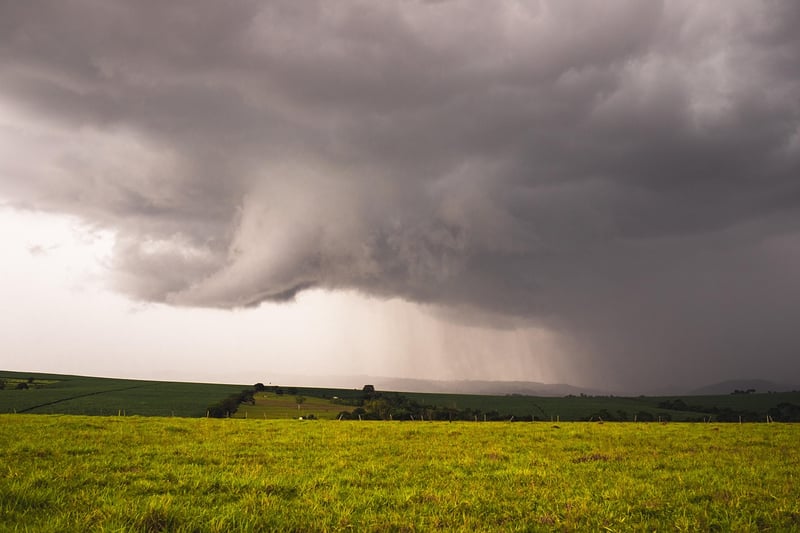Temporal Scanner
Exploring Time: Tools and Techniques
Time is a fascinating concept that has intrigued humans for centuries. From ancient sundials to modern atomic clocks, our methods of measuring and exploring time have evolved significantly. In this article, we will delve into the various tools and techniques used for time exploration, with a special focus on the Temporal Scanner.
1. Sundials
Sundials are one of the oldest timekeeping devices known to humanity. By tracking the position of the sun's shadow, sundials provide a simple yet effective way to tell time based on the sun's movement across the sky.
2. Water Clocks
Water clocks, also known as clepsydrae, use the regulated flow of water to measure time. These devices were widely used in ancient civilizations and provided a reliable method for keeping time, especially during the night when sundials were ineffective.
3. Mechanical Clocks
The invention of mechanical clocks revolutionized timekeeping. From pendulum clocks to spring-driven clocks, these devices allowed for more precise and standardized time measurement, leading to significant advancements in various fields.
4. Atomic Clocks
Atomic clocks are the most accurate timekeeping devices ever created. By measuring the vibrations of atoms, particularly cesium or rubidium, atomic clocks can maintain time with incredible precision, essential for modern technologies like GPS and telecommunications.
5. Temporal Scanner
The Temporal Scanner is a cutting-edge tool that combines infrared technology with temporal artery temperature measurement. Widely used in healthcare settings, the Temporal Scanner provides a non-invasive and quick method for accurately measuring body temperature, making it ideal for infants, children, and adults.

Exploring time through various tools and techniques not only helps us understand the concept of time better but also enhances our ability to measure it accurately for practical applications. Whether through ancient sundials or modern Temporal Scanners, the quest to unravel the mysteries of time continues to drive innovation and discovery.
Stay tuned for more articles on time exploration and the fascinating tools that make it possible!
